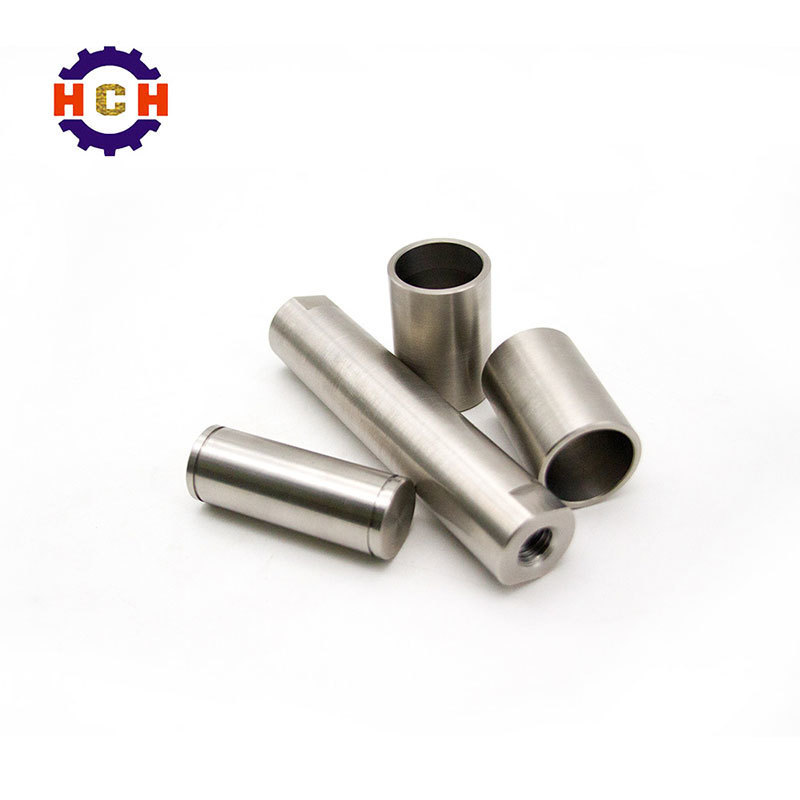I. Design principles for shaft parts
1. The design of the shaft mainly includes materials, structural design, performance design and precision design. The design of the shaft is to determine the proper shape and overall dimensions of the shaft. Since the shaft and the on-axis components (including the support bearings) constitute the shaft assembly, the structural design of the shaft needs to consider the functions of positioning, fixing, adjusting, assembling and disassembling the components on the shaft. The performance design of the shaft mainly includes strength design and stiffness design. The performance design of the shaft first needs to be simplified by its mechanical model (simplified to simply supported beams and cantilever beams according to its support);
Secondly, according to its bearing type and working condition, its possible failure mode is determined, and then the corresponding design criteria are selected for performance design. The performance design criteria for the shaft include strength criteria and stiffness criteria. High speed shafts often require vibration stability design. The main purpose of the vibration stability design of the shaft is to avoid excessive vibration of the shaft, especially resonance. The accuracy of the shaft design, including its dimensional tolerances and geometric tolerances.
2. Analysis of machining process of shafts The machining process of shaft parts varies with the use, structure, technical requirements and production size. A lot of work encountered in daily process work is the general axis of the process. The technicians are determined according to the number of products, equipment conditions and the quality of the workers.

Second, the design requirements of shaft parts
According to the function and working conditions of the shaft parts, the design technical requirements are mainly in the following aspects:
1, dimensional accuracy
The main surfaces of shaft parts are often two types: one is the outer cylindrical journal that fits the inner ring of the bearing, that is, the bearing journal, which is used to determine the position of the shaft and support the shaft. The dimensional accuracy is high, usually IT. 5~IT7; The other type is the journal that cooperates with all kinds of transmission parts, that is, the matching journal, its precision is slightly lower, often IT6~IT9.
2, geometric accuracy
Mainly refers to the roundness and cylindricity of important surfaces such as journal surface, outer conical surface and tapered hole. The error should generally be limited to the dimensional tolerances. For precision shafts, the geometric accuracy of the parts is to be specified separately.
3, mutual positional accuracy
Including the inner and outer surfaces, the coaxiality of the important axial plane, the radial runout of the circle, the perpendicularity of the important end face to the axis, and the parallelism between the end faces.
4, surface roughness
The machined surface of the shaft has a roughness requirement, which is generally determined by the possibility of processing and economy. The support journal is usually 0.2 to 1.6 μm, and the transmission member is 0.4 to 3.2 μm. 5. Other heat treatment, chamfering, chamfering and appearance modification requirements.
